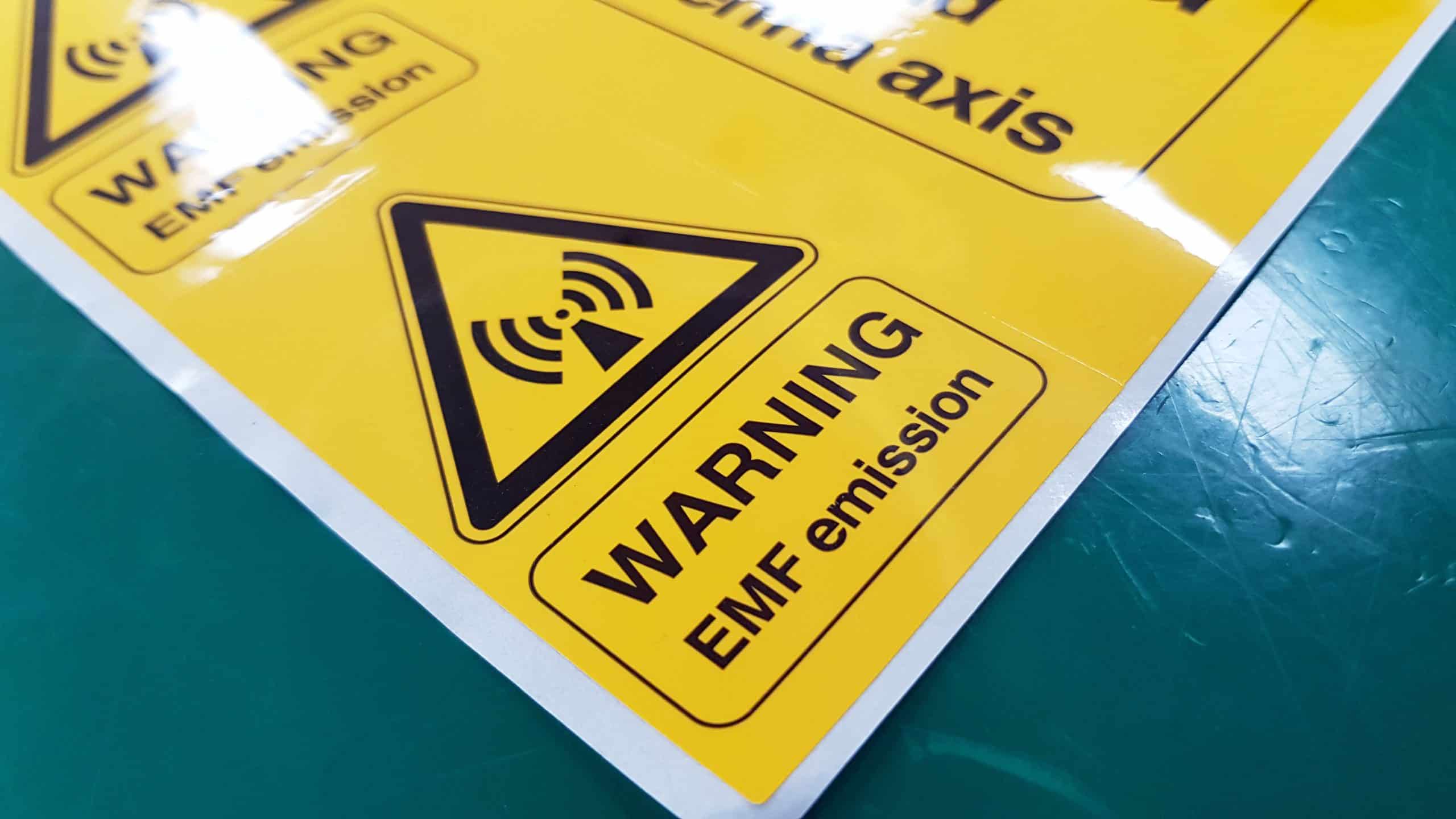This article focuses on the subject of 5G radiation, a non-ionizing form of electromagnetic radiation. Since 5G radiation is tiny, it doesn't have the capacity to break the bonds between chemical molecules in biological tissues or trigger any modifications to cells. It's not clear whether the effects of 5G radiation alter the risk of skin cancer, and there is no evidence that exists to suggest that it can cause other illnesses.
Millimeter-wave radiation with high frequency
High-frequency millimeter wave radiation emitted by mobile phones and wireless networks can cause health issues to human beings. There are a few different ways in which this radiation could be harmful. In certain instances radiation may cause damage to the person's DNA. In other instances, it may cause damage to other areas in the human body such as the brain.
Recent research has shown that 5G technology may cause tissue heating. As a result, researchers from the International Council on Non-Ionizing Radiation Protection (ICNIRP) has called to review the current safety standards for biological and thermal radiation. The current exposure standards do not protect people from overheated heat exposure when exposed to pulsed millimeter wave radiation.
Skin cancer risk
There is no definitive answer to the question of whether the 5G radiation could cause skin cancer. However, it is believed that 5G RF-EMFs behave much like high-LET ionizing radiations. This means that they can cause large amounts of free radicals that can be found in the skin. The FCC has not issued any specific guidelines on the potential dangers associated with 5G technology. The debate continues.

While there are plenty of studies that examine the effects of radio waves with higher frequencies on human health, they have remained largely restricted in their the scope. However, there is concern over the effects of millimeter-wavelength exposure on oxidative stress and gene expression. The effects could extend to the skin and various organs, such as the brain.
Impact on other diseases
The latest generation of technology for wireless, called 5G, is rapidly expanding However, researchers are concerned about the possible health risks. The technology will significantly increase the quantity of electromagnetic radiation that is found in our surroundings. This is a problem that has sparked debates in many countries including Switzerland. In September 2017, 390 scientists and doctors supported a motion for a moratorium on 5G deployment. is 5g dangerous was ignored by the European Commission, which is responsible for monitoring the use of 5G technology.
Therefore, more research is needed to assess the health effects of 5G. However studies have proven that 5G does not cause the same adverse effects on humans as the radiofrequency from the older mobile networks. Additionally, it does not transmit an entirely new strain of coronavirus. In addition it does not make people more susceptible to viral infections.
Measurement of exposure
The measurement of the radiation exposure of 5G is a vital aspect in ensuring the safety of 5G networks. There are two ways to measure exposure. One is to measure the RF power that is absorbed by human tissues. The other is measuring the quantity of radiofrequency energy released through an object. The term "radiofrequency energy" (RF) is an energy field that originates through radio transmitters.
Within the United States, the FCC has implemented a limit on the energy density of 5G mobile devices. These tests only test the power density of just only a few inches. they do not require measurements of every beam. FCC does not require the measurement of each beam. However it is possible to determine the energy density for each beam is estimated using computer simulation. The most likely scenario is selected depending on the design of each beam.
The study has its limitations
There has been a lot of debate about whether the effects of 5G radiation are detrimental to human health. The Swiss Government, for instance, has produced an analysis that concludes the technology is not likely to cause negative health consequences in the short term, but there are no studies which have shown long-term effects. However, this report contains several issues that include biased reports.
The power and frequency of the radio waves that transmit energy are determined by the frequency. The energy carried by a millimetre-wave will be the same as the frequency of radio waves currently, but they are much less visible and will be more suitable for environments with high density, since they will not be easily obscured by walls or glass. High-density urban areas would require many smaller, low-power locations, while suburban areas would benefit from 5G networks operating at lower frequency.
